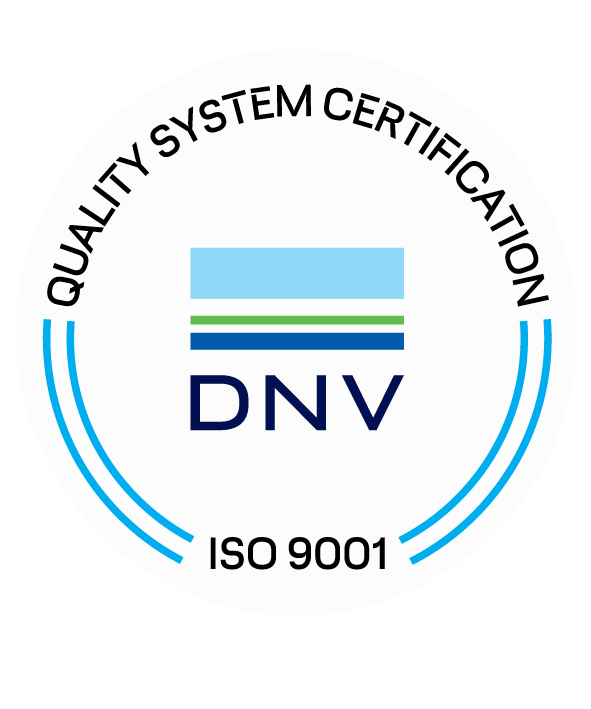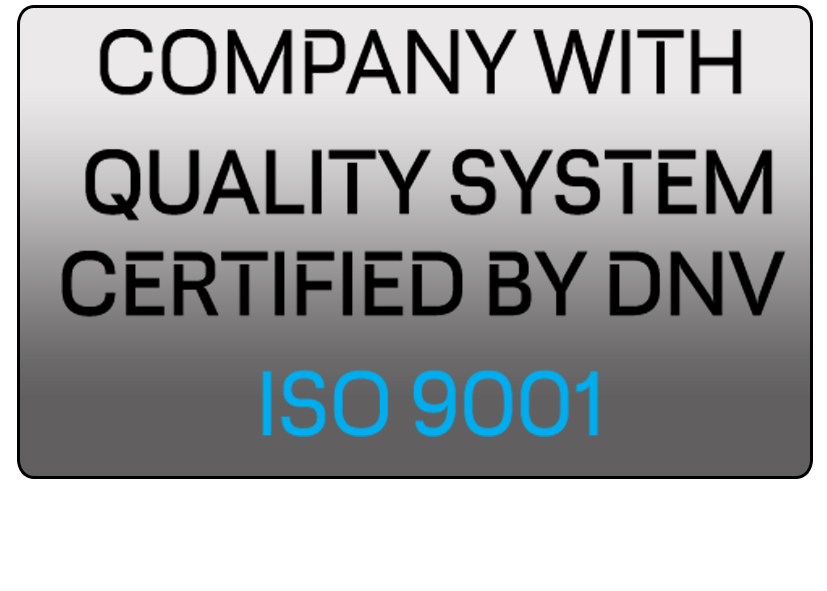Type Galvalum III DCW
The Type Galvalum III DCW Aluminum Alloy is an Al/In/Zn was designed as an effective, offshore alloy, for use in cold, deep water environments. This alloy is specially suited for use in cold water or marine silt at temperatures < 7° Celsius (45° Fahrenheit). The alloy has a controlled chemistry, which maintains the key elements of the alloy in tighter ranges to guard against a possible non-activation of the anode at lower temperatures. However, this alloy is also suitable for ambient temperature seawater. Chemical composition and electrochemical performance data are provided below:
Chemical Composition (% by weight)
|
|
|
|
| Iron (Fe) |
0.06 max |
| Silicon (Si) |
0.08 - 0.12 |
| Copper (Cu) |
0.003 max |
| Zinc (Zn) |
4.75 - 5.25 |
| Indium (In) |
0.016 - 0.025 |
| Cadmium (Cd) |
0.002 max |
| Others (each) |
0.02 max |
| Aluminum (Al) |
remainder |
|
Electrochemical
|
|
|
|
| Open Circuit Potential |
(-) 1.15 V vs Cu/CuS04 sw. |
| Closed Circuit Potential (1) |
(-) 1.05 V vs Ag/AgCl sw, |
| Seawater Capacity @25C |
1150 A-Hr/lb. (2530 A-Hr/Kg.) |
| Seawater Capacity @5C |
1150 A-Hr/lb (2530 A-hr/Kg.) |
| Seabed Mud Capacity (3) |
950 A-Hr/lb. (2090 A-hr/Kg.) |
| Seabed Mud Capacity @ 5C |
950 A-Hr/lb. (2090 A-hr/Kg.) |
|
Physical
|
|
| Alloy Density |
0.098 lb/in3 (2.71 gm/cm3) |
| Cost Ratio |
Low Iron (Fe) Aluminum (Ai) Ingot <0.05 |
| Raw Material & Convesion |
1.10 |
|
Recommended Applications
|
|
|
|
| Offshore Structures (Platforms, Pipelines, FPS, FPSO, MODU, SPAR, Subsea Structure, Risers, Wind Turbine, etc) |
Any Ocean. Any Depth. Any Temperature. |
| Inshore Structures (Ports, Harbors, Jetties, Wind farms, Locks, Dams, Bridges, Piers, etc.) |
Any Body of Water, Any Depth, Any Temperature with Chloride Ion Concentration > 12 ppt. Resistivity < 200 ohm-cm. |
| Produced Water Vessels & Tanks |
Any produced brine < 140 F(60 C)(4). No improvement over houstonALUM III DCW alloy. |
| Seawater Ballast Tanks |
Suitable for most seawater applications (5). No improvement over Type Galvalum III DCW. |
|
Notes
| 1 - Recommended number to use when designing CP systems. |
| 2 - Activation can be a problem with chemistries at extremes of specification in cold water. |
| 3 - Recommended number to use when designing CP systems for offshore pipelines using bracelet or sub bottom anode systems. |
| 4 - Consult a CP Specialist for guidance at elevated temperatures as performance de-rating will be needed. |
| 5 - Exercise care with variable ballast tanks as dangerous volumes of hydrogen can be generated under certain conditions. |
| For additional guidance in application of these alloys, contact Houston. |
|






